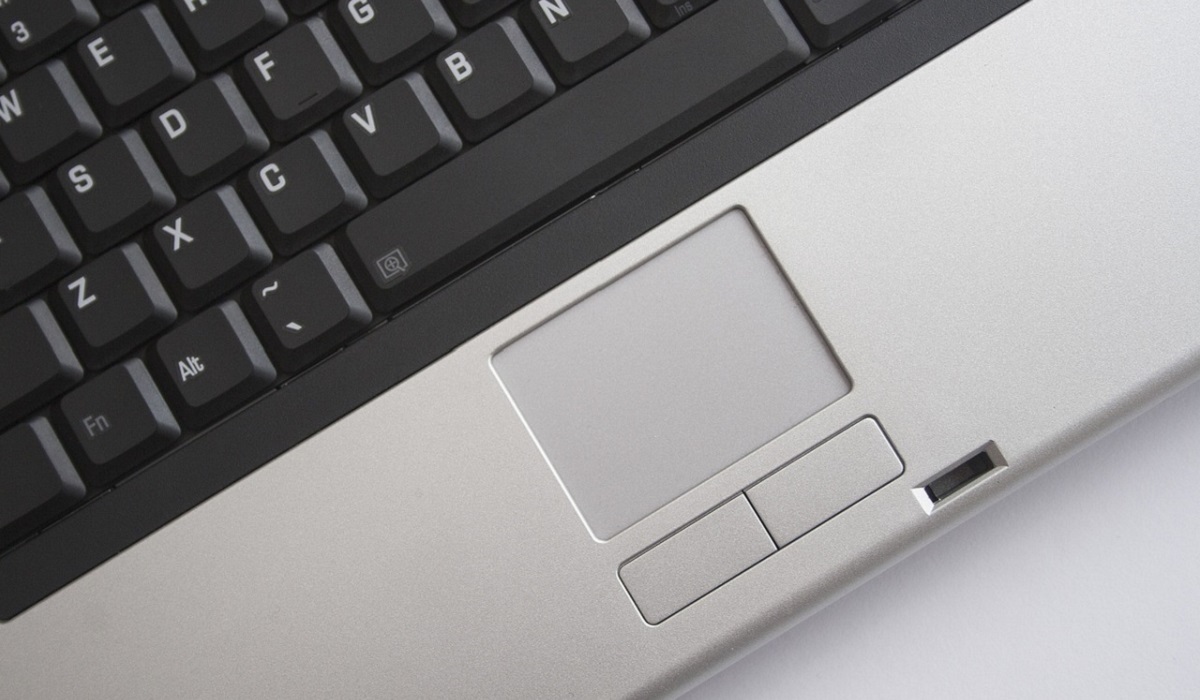The touchpad can greatly affect your experience, regardless of how powerful your laptop is. Since it’s your primary method of interacting with the computer, a slow, inaccurate, or erratic cursor caused by a malfunctioning touchpad could make things difficult for you.
However, when your laptop’s mouse touchpad stops working, chances are the solution is simple. In this article, we’ll walk you through different ways to fix a laptop’s touchpad not working.

Table of Contents
How Can I Fix My Laptop Touchpad Not Working?
If your laptop’s touchpad no longer working, it can be really annoying. Fortunately, it’s usually an easy problem to resolve. Here are the most common ways to fix a laptop’s touchpad not working.
Re-Enable the Touchpad Using the Function Key
Most, if not all Windows laptops, have a function key dedicated to disabling and enabling the laptop touchpad. The key’s icon frequently depicts an older-style touchpad with a line through it.
In the row of function keys, press and hold the Function key (usually labeled “fn”) and the touchpad disable/enable key. The location and appearance of the key will vary depending on the make and model of your laptop, but it will most likely resemble a touchpad with a line running through it.
On the screen, you should see a message indicating whether the touchpad is enabled or disabled. If the message says enabled, check to see if the touchpad is now operational.
Reboot your laptop
If your laptop is always on or in sleep mode, restarting it may help fix the laptop touchpad not working. Turn off the laptopand wait 30 seconds for any residual energy to dissipate. Start the laptop and check if the touchpad works.
Even if this resolves the issue, it could indicate that there is a software issue. Check for and install any available system updates, as explained further below.
Enable Touchpad In Settings
It’s possible to disable the touchpad in the settings of both Windows and macOS. If your laptop has been used by anyone else, the touchpad may have been disabled in this manner, causing it not to work.
So, to fix your laptop’s touchpad not working, go to Settings > Bluetooth & Devices > Touchpad in Windows. Check here to make sure the touchpad is still enabled.
On a MacBook, navigate to System Preferences > Accessibility > Pointer Control > Mouse & Trackpad. The trackpad does not have a simple on/off switch here, but there is an option to “Disable the Trackpad If an External Mouse Is Connected.” To fix your laptop’s touchpad not working, make sure this option is not selected.
Enable Touchpad in the BIOS
The touchpad on a laptop can also be disabled in the BIOS settings. The touchpad setting may be changed on rare occasions when flashing or updating the BIOS. So, to fix a laptop’s touchpad not working, you can test this by entering the BIOS settings.
Turn on your laptop and press the key used to enter BIOS. The key you have to press varies depending on the device manufacturer, but it is usually F2, F10, or F12. Look for “Touchpad” or “Internal Pointing Device“ in the “Advanced” BIOS settings and make sure it is not disabled. Before exiting the BIOS settings, make sure to save any changes.
Undo Device Driver Updates
Of course, updating drivers on a regular basis is recommended to keep your laptop running smoothly. However, driver conflicts are unfortunately difficult to avoid because PC configurations are not standardized.
A driver conflict occurs when an installed software update adversely affects the operation of another piece of software. A driver conflict could be the cause of your touchpad not working after you updated your drivers.
In Windows, Device Manager allows you to undo driver updates to fix your laptop’s touchpad not working. Locate the device that had its driver updated by opening Device Manager. Select “Properties” from the context menu. Click the “Roll Back Driver” button under the “Drivers” tab in the properties pane.
Unlike Windows, macOS does not allow you to roll back driver updates. However, you could restore it to a time before the driver update if you have a recent Time Machine backup.
Perform a System Update
Microsoft and Apple both release system software updates on a regular basis. System updates improve security, resolve known issues, and help your computer run more smoothly in general. They can solve a wide range of issues, including software conflicts that can prevent a touchpad from working.
In Windows, navigate to Settings > Updates & security > Windows Update. Click the “Check for Updates” button to find and install any available updates.
On a MacBook, go to the Apple menu > System Preferences > Software Update. Search for and install all available updates by clicking the “Update Now” button.
In conclusion, if none of the aforementioned options can successfully fix your laptop’s touchpad not working, you may be dealing with a hardware issue. Check with the manufacturer of your laptop to see if it is still under warranty. And of course, you can try using a mouse in place of the touchpad.